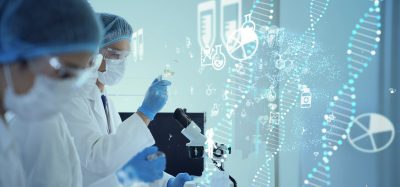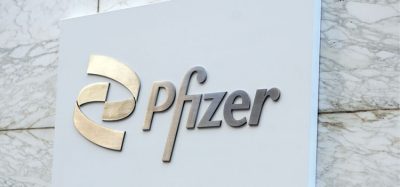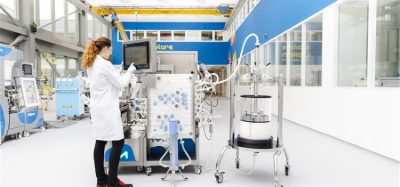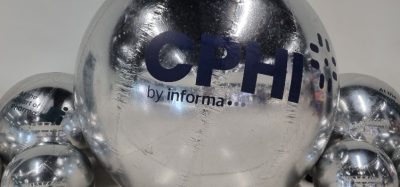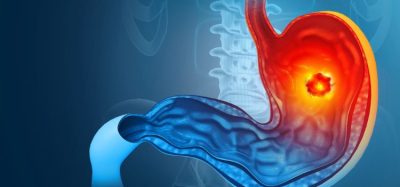Regulatory revision essential for bioprocess IIoT adoption
Posted: 4 January 2024 | Catherine Eckford (European Pharmaceutical Review) | No comments yet
A limited number of Industrial Internet of Things (IIoT) applications exist in the bioprocessing industry and remain to be challenged in manufacturing operations, research has highlighted.
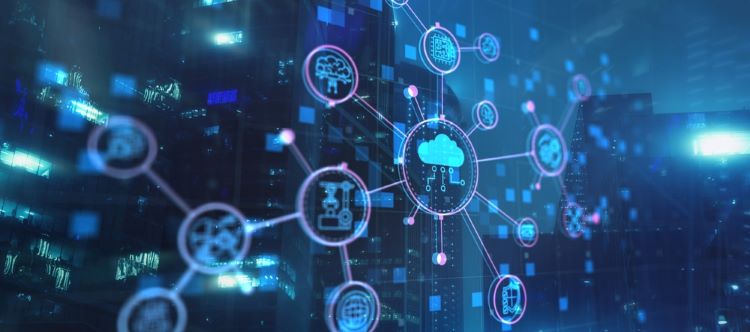

According to a paper recently published in the Biochemical Engineering Journal, challenges such as strict regulation and lack of industry awareness, limit the adoption of Industrial Internet of Things (IIoT) in bioprocessing and overall bioproduction.
As a system that uses various technologies, such as data analytics and artificial intelligence (AI), to transfer data between each other autonomously in an industrial setting, IIoT “enables wide-scope data collection and utilisation, and reduces errors, increases efficiency, and provides an improved understanding of the process in return”.
Challenges
While IIoT is a fundamental part of Industry 4.0, the operational complexity of bioprocessing is a challenge when it comes to its implementation, as living systems are involved in biomanufacturing, the authors stated.
Other limitations include the fact that current regulation necessitate that IIoT is only considered during process development.
Additionally, the industry is concerned with impacts such as the potential need for product reapproval, breach of data, cyber-attacks or loss of IP protection due to extensive process changes induced by full-out IIoT applications, the paper reported.
“only a few examples of [Industrial Internet of Things (IIoT)] applications exist in the [bioprocessing] industry; many applications are only implemented in controlled conditions and remain yet to be challenged in the context of actual manufacturing operations”
Additionally, the authors outlined that another factor is the “complexity of transition into a new mode of operation and the essentiality of regulatory support [and that]… reluctance [of IIoT] observed in the sector arise from lack of understanding and sufficient knowledge.”
Borgosz et al. acknowledged that “only a few examples of IIoT applications exist in the industry; many applications are only implemented in controlled conditions and remain yet to be challenged in the context of actual manufacturing operations.”
Case study: IIoT in bioprocessing
One case study discussing the application of IIoT in the paper focused on a Sanofi manufacturing facility. This site utilises a full-IoT system for both upstream and downstream bioprocessing.
Reportedly, the platform could generate five billion data points per batch from over 5000 parameters that were monitored through multiple in-line sensors. “This reinforces the notion that process monitoring where data is collected at this scale and rate would not be possible, feasible, nor broadly useful without implementation of digitalisation and ultimately IoT.” The authors added that Sanofi acknowledged a need for employee training and support for such a transition at scale.
In the biopharma industry, prior to considering any IIoT applications, automation and digitalisation of operations must be implemented, according to expert insight gathered by the authors.
To facilitate the adoption of IIoT systems in bioprocessing, Borgosz et al. concluded that updating regulatory guidelines and developing relevant standards and guidelines to accommodate the development of these systems “are essential to reduce the associated costs and allow off-the-shelf solutions to be developed.” The authors added that a regulator-driven initiative “will provide unprecedented incentive towards embracing these novel technologies more”.



